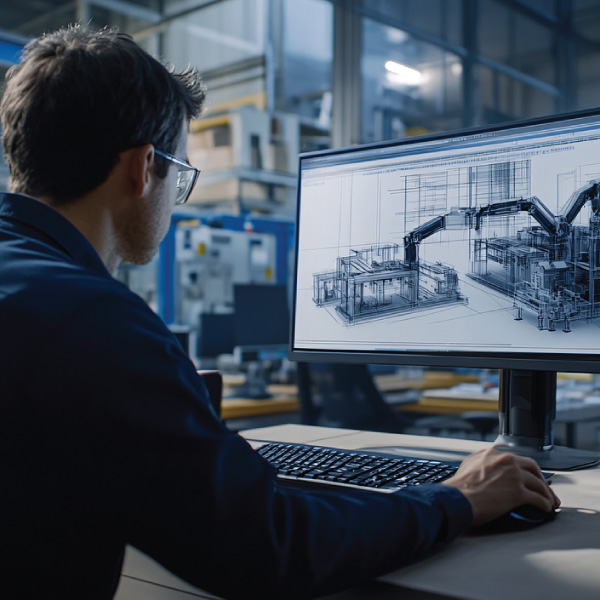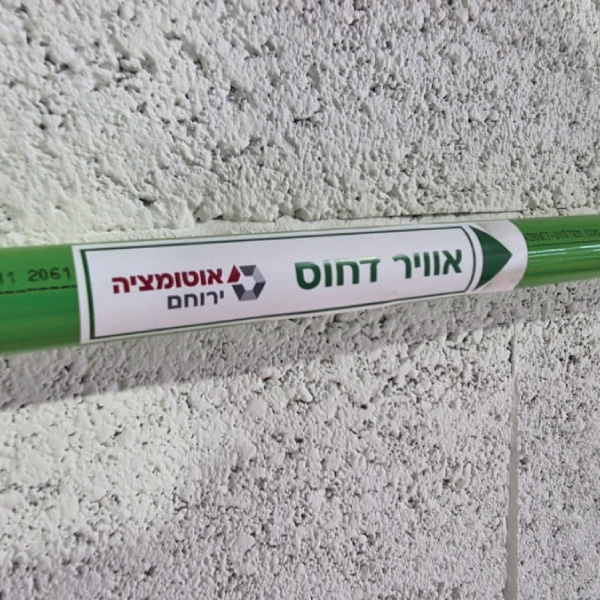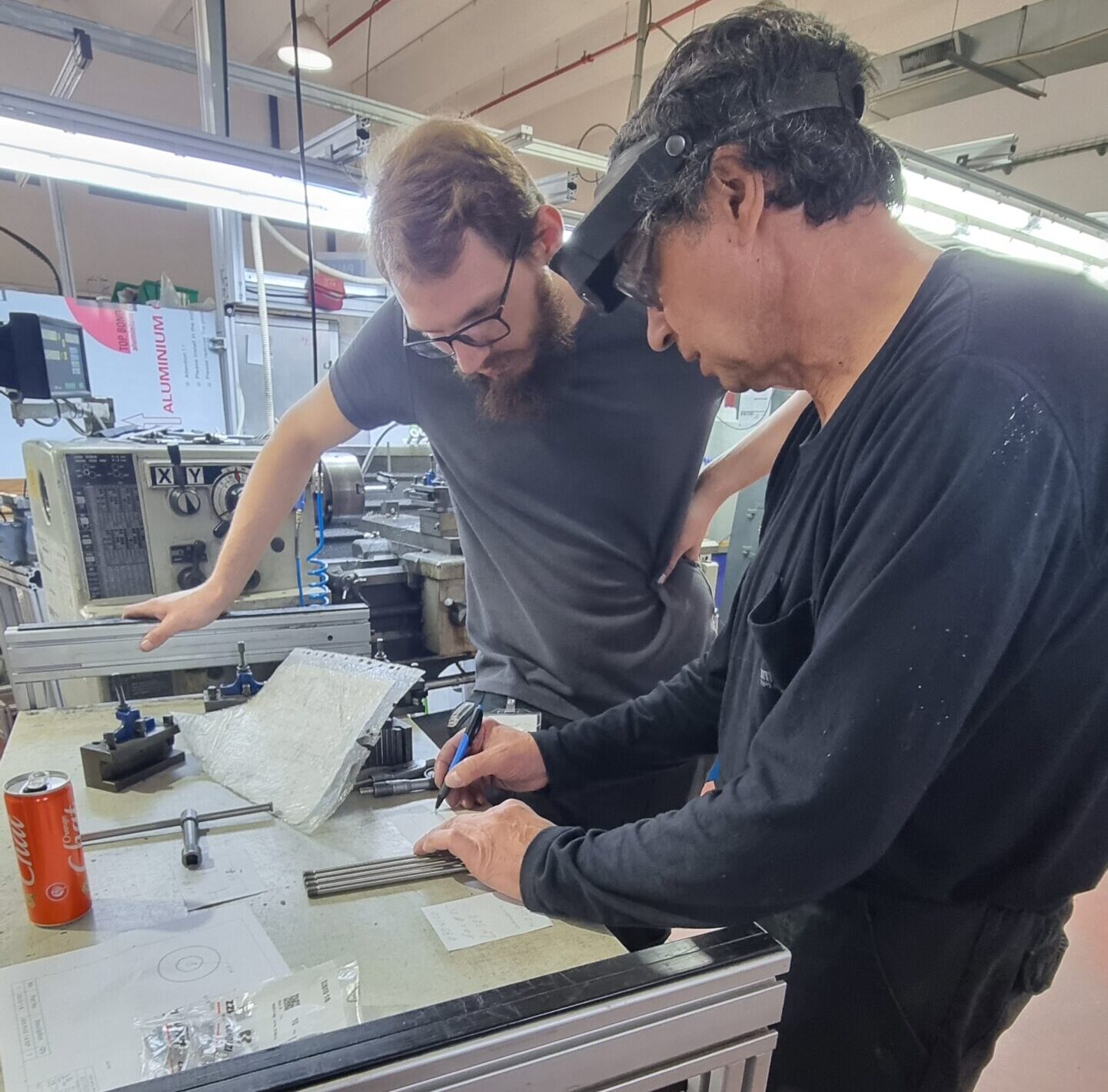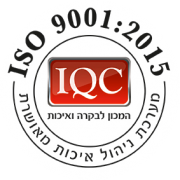Imagine this – in a noisy factory, workers sorted vegetables with practiced efficiency. They had been doing this for years, their hands deftly separating the good from the bad. But today, something was different. A new addition to the workforce-a sleek, efficient machine—moved with unprecedented precision. This collaborative robot, or Cobot, began a remarkable transformation in the food sector.

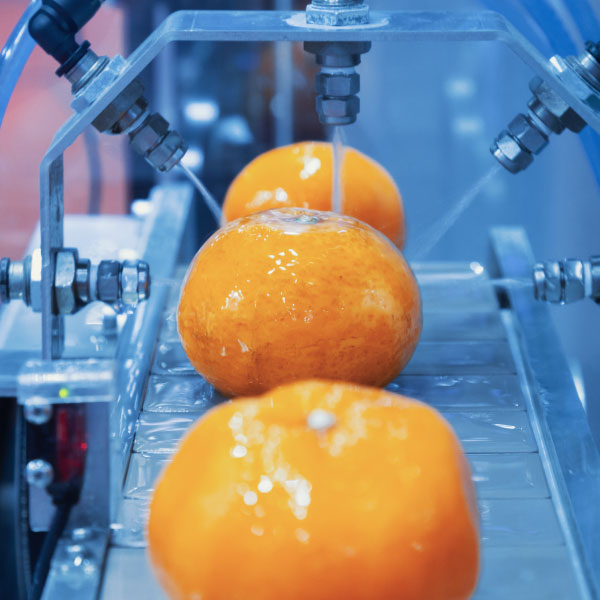

Industrial automation is revolutionizing the food sector by improving efficiency, ensuring safety, and enhancing product quality. From advanced robotics to artificial intelligence (AI) and the Internet of Things (IoT), the food industry is adopting cutting-edge technologies to meet the growing demands of consumers and regulatory standards. This article explores the latest innovative solutions in industrial automation within the food sector, highlighting tangible examples, current trends, and emerging ideas.
The Rise of Robotics
Collaborative Robots (Cobots): Cobots are designed to work alongside human workers, enhancing productivity and safety in food processing and packaging. These robots are equipped with advanced sensors and AI, enabling them to perform complex tasks such as sorting, packaging, and palletizing with precision. Universal Robots’ cobots are used in various food factories to handle repetitive tasks, reducing human error and increasing efficiency.
Automated Guided Vehicles (AGVs): AGVs are widely used in food manufacturing and warehousing to transport materials and products autonomously. These vehicles navigate using sensors, lasers, and cameras, ensuring smooth and efficient movement within the facility. Nestlé has implemented AGVs in their factories to streamline material handling processes and reduce labor costs.
Vision-Guided Robotics: Robots equipped with vision systems can identify, inspect, and sort products based on size, shape, color, and quality. This technology is particularly useful in fruit and vegetable processing, where consistent quality and appearance are crucial. Tomra’s sorting machines use advanced optical sensors to sort produce, ensuring high-quality standards are met.
The Brains Behind the Operation
Predictive Maintenance: AI-powered predictive maintenance systems analyze data from machinery to predict potential failures and schedule maintenance proactively. This approach minimizes downtime and extends the lifespan of equipment. Coca-Cola uses AI algorithms to monitor their production lines, ensuring smooth operations and reducing unexpected breakdowns.
Quality Control: Machine learning algorithms are employed to monitor and control the quality of food products. These systems analyze data from sensors and cameras to detect defects or deviations in real-time, ensuring consistent quality. PepsiCo has implemented AI-based quality control in their potato chip production, identifying imperfections and removing defective chips before packaging.
Demand Forecasting: AI-driven demand forecasting helps food manufacturers optimize production and inventory levels. By analyzing historical data and market trends, these systems provide accurate predictions, enabling companies to meet consumer demand while minimizing waste. Kraft Heinz uses AI for demand forecasting, resulting in more efficient production planning and reduced stockouts.
Connected and Transparent
Smart Sensors: IoT-enabled smart sensors are used to monitor various parameters in food production, such as temperature, humidity, and pressure. These sensors provide real-time data, allowing for precise control and ensuring food safety. Tyson Foods utilizes IoT sensors to monitor environmental conditions in their processing plants, ensuring optimal conditions for food safety and quality.
Traceability and Transparency: IoT technologies enable end-to-end traceability of food products from farm to fork. By tracking every stage of the supply chain, companies can ensure transparency, improve food safety, and quickly respond to recalls if necessary. IBM Food Trust, a blockchain-based solution, allows companies like Walmart to trace the origin and journey of food products, enhancing consumer trust and safety.
Automated Cleaning Systems: IoT-connected cleaning systems ensure hygiene and sanitation in food processing facilities. These systems monitor cleaning processes and adjust parameters to ensure thorough sanitation while minimizing water and chemical usage. Ecolab’s Clean-in-Place (CIP) systems offer automated and efficient cleaning solutions for the food industry.
The Breath of Fresh Air: Compressors in Food Production
Advanced compressor solutions, such as nitrogen and clean air compressors, are becoming indispensable in the food sector. Nitrogen compressors play a critical role in preserving the freshness and quality of food products during packaging and storage by providing an inert atmosphere that slows down oxidation and spoilage. Clean air compressors ensure that the air used in processing and packaging is free from contaminants, meeting the stringent hygiene standards of the industry. Companies like Atlas Copco offer solutions that guarantee reliability and efficiency, ensuring that food products are safe and of the highest quality from production to consumption.
A Glimpse into the Future
3D Printing: 3D printing is making inroads into the food sector, offering innovative ways to create customized food products. This technology can produce intricate designs and textures, appealing to modern consumers seeking unique culinary experiences. Companies like Natural Machines are developing 3D food printers that can create personalized meals, catering to dietary preferences and restrictions.
Sustainable Automation: Sustainability is becoming a key focus in industrial automation. Energy-efficient machines, renewable energy integration, and waste reduction strategies are being implemented to minimize the environmental impact. Tetra Pak has introduced energy-efficient filling machines that reduce water and energy consumption in beverage production.
Digital Twins: Digital twin technology creates a virtual replica of a food production facility, allowing for real-time monitoring and optimization. By simulating different scenarios, companies can improve efficiency, predict maintenance needs, and enhance product quality. Siemens offers digital twin solutions for the food industry, enabling manufacturers to achieve higher operational efficiency.
The food sector is undergoing a significant transformation driven by industrial automation. Robotics, AI, IoT, and emerging technologies are enhancing efficiency, ensuring quality, and promoting sustainability. As these innovations continue to evolve, the food industry will be better equipped to meet the demands of a growing global population while maintaining high standards of safety and quality. Embracing these technological advancements is essential for food manufacturers aiming to stay competitive in an ever-changing market.

